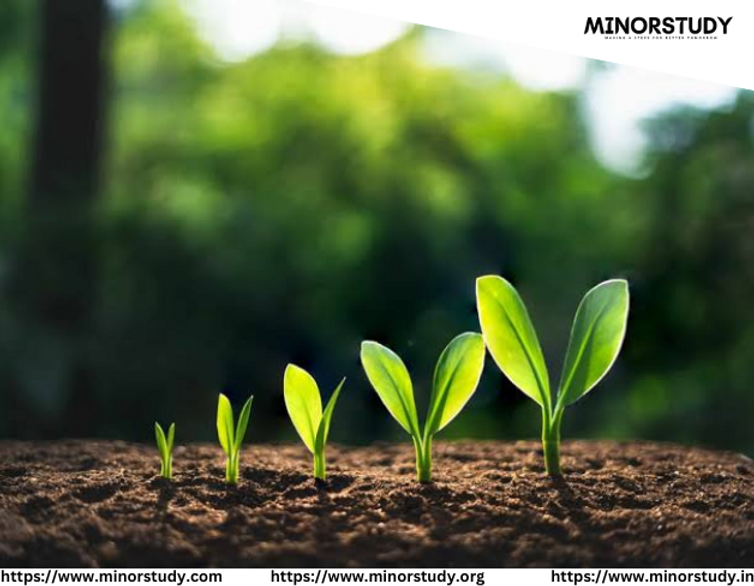9 Powerful Insights Into Human Growth Stages That Will Change How You See Development
From the moment of conception to the golden years of life, human development is a complex journey marked by distinct growth stages. These stages not only define our biological transformation but also shape our emotional, cognitive, and social experiences. Understanding the stages of growth can empower individuals, educators, and caregivers to support development in meaningful ways. Here, we explore human growth stages with compassion, historical insight, scientific facts, and a people-first tone.
⏳ Historical Background of Growth Stages
The understanding of human growth and development has evolved through centuries:
- Ancient Greece: Philosophers like Hippocrates and Aristotle proposed stages of life—infancy, youth, adulthood, and old age.
- Middle Ages: Focus shifted to spiritual development and morality, often overlooking childhood.
- 18th Century: Jean-Jacques Rousseau emphasized childhood as a unique, formative stage.
- 20th Century: Psychologists like Erik Erikson and Jean Piaget introduced stage theories addressing emotional, cognitive, and social growth.
- Modern Era: A holistic, scientific, and inclusive view of development emerged, integrating physical, psychological, and social dimensions.
ℹ️ Fascinating Facts About Growth Stages
- Human brains grow fastest in the first 3 years of life.
- Adolescents experience a second major growth spurt, particularly in brain pruning and hormonal shifts.
- Emotional intelligence often matures after cognitive intelligence.
- The prefrontal cortex—responsible for decision-making—matures around age 25.
- Seniors can generate new brain cells through neuroplasticity.
- Each stage of life triggers different nutritional and emotional needs.
- Early experiences can have lifelong effects on personality and health.
- Adults continue to grow emotionally and socially.
- Aging doesn’t mean decline—it’s often a period of reflection, wisdom, and productivity.
🗓️ Growth Stages Timeline: From Womb to Wisdom
1. Prenatal Stage (Conception to Birth)
- Critical physical development begins.
- Environmental factors (like maternal nutrition) greatly influence outcomes.
2. Infancy (0-2 years)
- Major milestones: Walking, babbling, bonding.
- Trust and attachment form the foundation of emotional health.
3. Early Childhood (2-6 years)
- Rapid language, motor, and imagination growth.
- Social play and early self-concept emerge.
4. Middle Childhood (6-12 years)
- Focus on cognitive development and peer relationships.
- Confidence builds through school and hobbies.
5. Adolescence (12-18 years)
- Identity formation, puberty, emotional highs and lows.
- Increased independence and self-awareness.
6. Early Adulthood (18-40 years)
- Career, relationships, and lifestyle decisions shape future.
- Emotional maturity begins to stabilize.
7. Middle Adulthood (40-65 years)
- Productivity peaks, reflection deepens.
- Balancing family, health, and life goals.
8. Late Adulthood (65+ years)
- Time of wisdom, legacy, and sometimes health management.
- Importance of connection and meaning grows.
✨ Significance of Each Stage
Each phase of life contributes to overall well-being:
- Early stages form the emotional and physical foundation.
- Adolescence allows identity exploration and cognitive growth.
- Adulthood refines purpose and relational depth.
- Later years focus on reflection, contribution, and peace.
Understanding these stages helps families nurture children appropriately, allows adults to navigate life transitions, and promotes respect for all ages.
❓ Growth Stages FAQs
Q: Is personality fixed during early childhood?
A: Not entirely. While early experiences shape personality, ongoing development allows for growth and change.
Q: Can adults keep growing intellectually?
A: Yes! Learning continues throughout life due to brain plasticity.
Q: What happens if a stage is missed or delayed?
A: Delays can be addressed through support. The human spirit is resilient, and progress can always be made.
Q: Are growth stages the same worldwide?
A: While biological stages are universal, cultural practices influence development.
🌟 Wishing Strength and Awareness for Every Life Stage
“May your path be clear in childhood, purposeful in youth, and peaceful in your elder years.”
“May your growth be steady, your setbacks light, and your triumphs many.”
We honor every person growing at their own pace.
🌿 Observing Growth and Development in Society
Communities celebrate human development through:
- Back-to-school rituals and rites of passage.
- Coming-of-age ceremonies (e.g., Bar/Bat Mitzvah, quinceañera).
- Retirement parties, reflecting on lifelong contributions.
- Mental health awareness, emphasizing lifelong growth.
Each observance supports societal recognition of change and growth.
⚠️ Key Points to Remember
- Growth is nonlinear and unique.
- Every stage has joys and challenges.
- Support systems matter: family, education, healthcare.
- Cultural, environmental, and personal factors influence development.
- Compassion toward oneself and others promotes healthy growth.
🚀 Daily Life Impact of Growth Awareness
Knowing about growth stages allows you to:
- Parent or mentor more effectively.
- Understand your own life journey.
- Build empathy for others at different life stages.
- Prepare for transitions mindfully.
✅ Conclusion: Growth Is a Lifelong Adventure
Growth stages are more than biological markers—they are emotional, intellectual, and spiritual transformations. Each phase presents opportunities for joy, learning, and connection. By understanding growth stages, we gain deeper empathy, improve our relationships, and live more meaningful lives.
So wherever you are on your journey, know this: you are still growing, and that is beautiful.









Эта платформа собирает интересные новостные материалы со всего мира.
Здесь доступны аналитика, технологиях и разнообразных темах.
Материалы выходят регулярно, что позволяет следить за происходящим.
Минималистичный дизайн облегчает восприятие.
https://modavgorode.ru
Каждая статья оформлены качественно.
Мы стремимся к честной подачи.
Присоединяйтесь к читателям, чтобы быть в курсе самых главных событий.